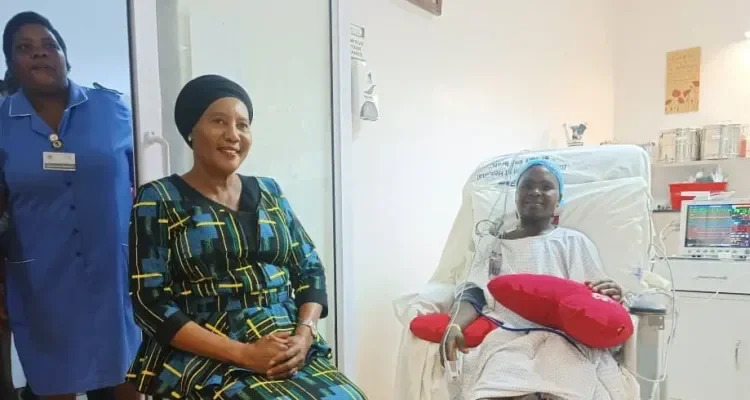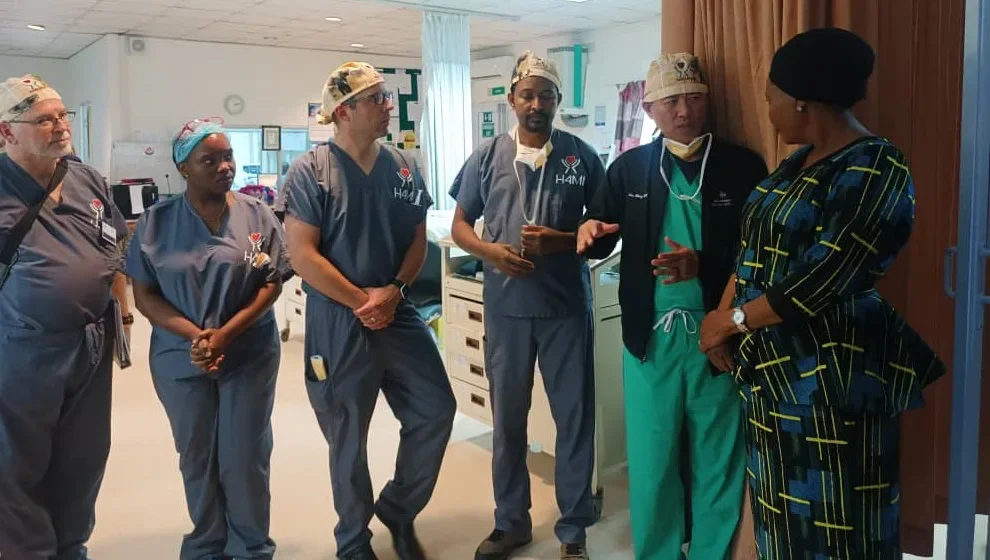First Beat: Malawi’s First Open-Heart Surgery at Blantyre Adventist—And What It Saves
The theatre at Blantyre Adventist Hospital fell to a hush except for the steady thrum of the heart–lung machine. When the team closed, Malawi had crossed a threshold: the country’s first open-heart operations performed at home, delivered by a coalition of specialists from Kenya and the United States working alongside Malawian clinicians under Hearts for Mission International. For families who’d learned to translate “cardiac” into years of waiting and unaffordable flights, the mood on the ward was something rarer than celebration—relief braided with resolve.
Deputy Health Minister Halima Daud put policy language to a lived moment: each surgery done in Malawi avoids a costly overseas referral. Her office framed the savings at over K100 million for the camp—money that otherwise would have followed patients beyond the border. The point wasn’t only kwacha; it was days kept with family, wages not lost, lives not put on hold.
The first ever open-heart surgery in Malawi has been conducted at the Blantyre Adventist Hospital.
What an overseas cardiac referral typically costs (estimates)
These are realistic ranges many Malawian families and the public purse face when treatment happens abroad. Figures vary by centre, complexity, implants, ICU days, and exchange rates.
Surgery & hospital care
India: CABG or valve surgery packages commonly USD 6,500–8,000 (often higher at flagship centres).
South Africa: Valve or CABG procedures often USD 7,400–16,000 depending on institution and length of stay.
Travel & stay (patient + escort)
Airfare: USD 1,200–2,000 round-trip (season-dependent).
Lodging/meals: USD 30–50/day for 2–3 weeks (USD 600–1,000+).
Visas, pre-op tests, incidentals: USD 300–1,500.
All-in reality: A single overseas cardiac case commonly totals USD 10,000–20,000+ once travel, pre-op workups, and variable length of stay are counted. For most households, that’s catastrophic; for government, it’s a steady drain.
Why the first cuts matter beyond symbolism
The camp didn’t just make history; it drafted a to-do list. To turn a headline into a service line, Malawi now needs reliable ICU capacity, perfusion services, blood products, post-op nursing, and a clean referral ladder from district hospitals to Blantyre. That infrastructure is the difference between “we did it once” and “we can do it next week.” Every step that brings complex heart care home reduces catastrophic household spending while easing the state’s foreign-treatment bill.
The wider cardiac burden hasn’t waited—rheumatic valve disease still shadows the young, and lifestyle-driven coronary risk grows with urban life. What changed in that operating room was expectation: specialized care can be built here, staffed here, improved here. Momentum now depends on training (the government has already earmarked posts for a cardiologist and a cardiothoracic surgeon), outcomes tracking, and maintenance plans that keep “out of service” signs from becoming wallpaper.
Doctors involved in the surgery chat with Daud.
The theatre is quiet again. Outside, Blantyre moves at its usual pace. Inside, a new rhythm has been set—measured, careful, resolute—and each case done locally keeps both hope and money in Malawi.
Government took note. Deputy Minister of Health Halima Daud visited the ward and put policy language to a lived moment: every in-country surgery avoids a costly overseas referral—savings measured not just in Malawi kwacha but in days kept with family, wages not lost, lives not put on hold. The commitment is now on paper and in motion—funding pathways to train a cardiologist and a cardiothoracic surgeon, and to build the ecosystem that makes a cardiac program real: ICU capacity, perfusion services, reliable blood products, post-op nursing, and rehab.
The camp’s case mix pointed to what’s needed next. Pacemaker insertions, balloon valvuloplasty, and additional open-heart procedures were planned—work that turns a singular headline into a service line. Each success depends on the same fundamentals: standardized pathways from district hospitals to Blantyre, steady stocks of essential medications, and an outcomes registry to track what works and fix what doesn’t. None of that is glamorous. All of it is how you make sure today’s victory isn’t tomorrow’s exception.



